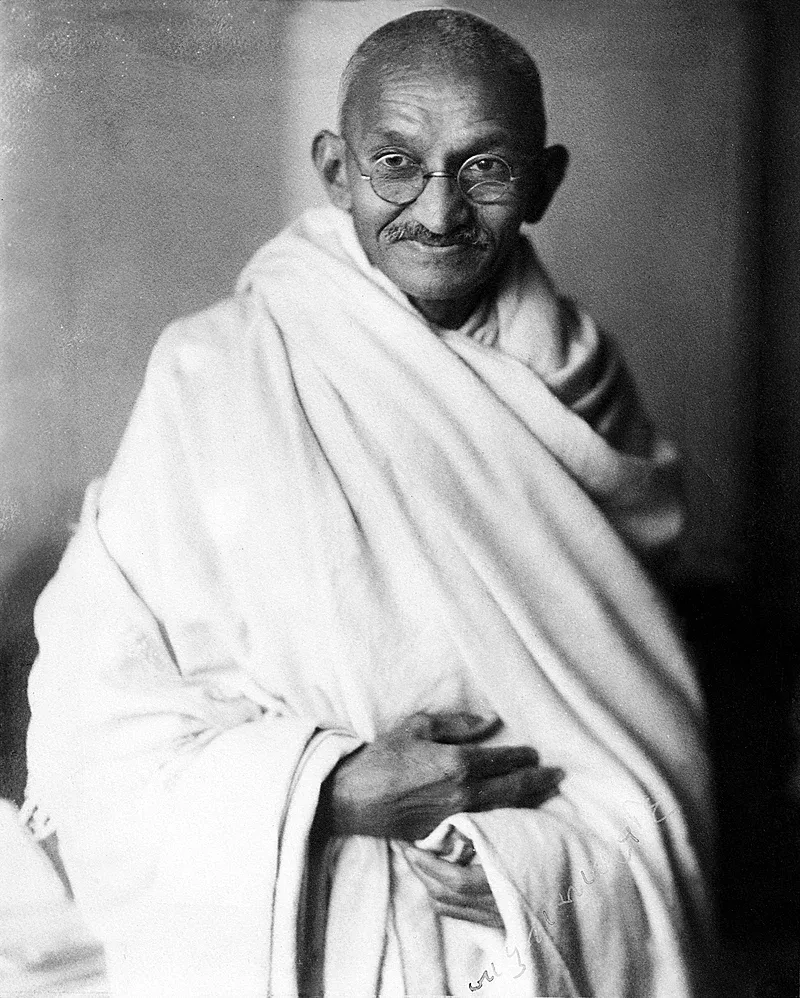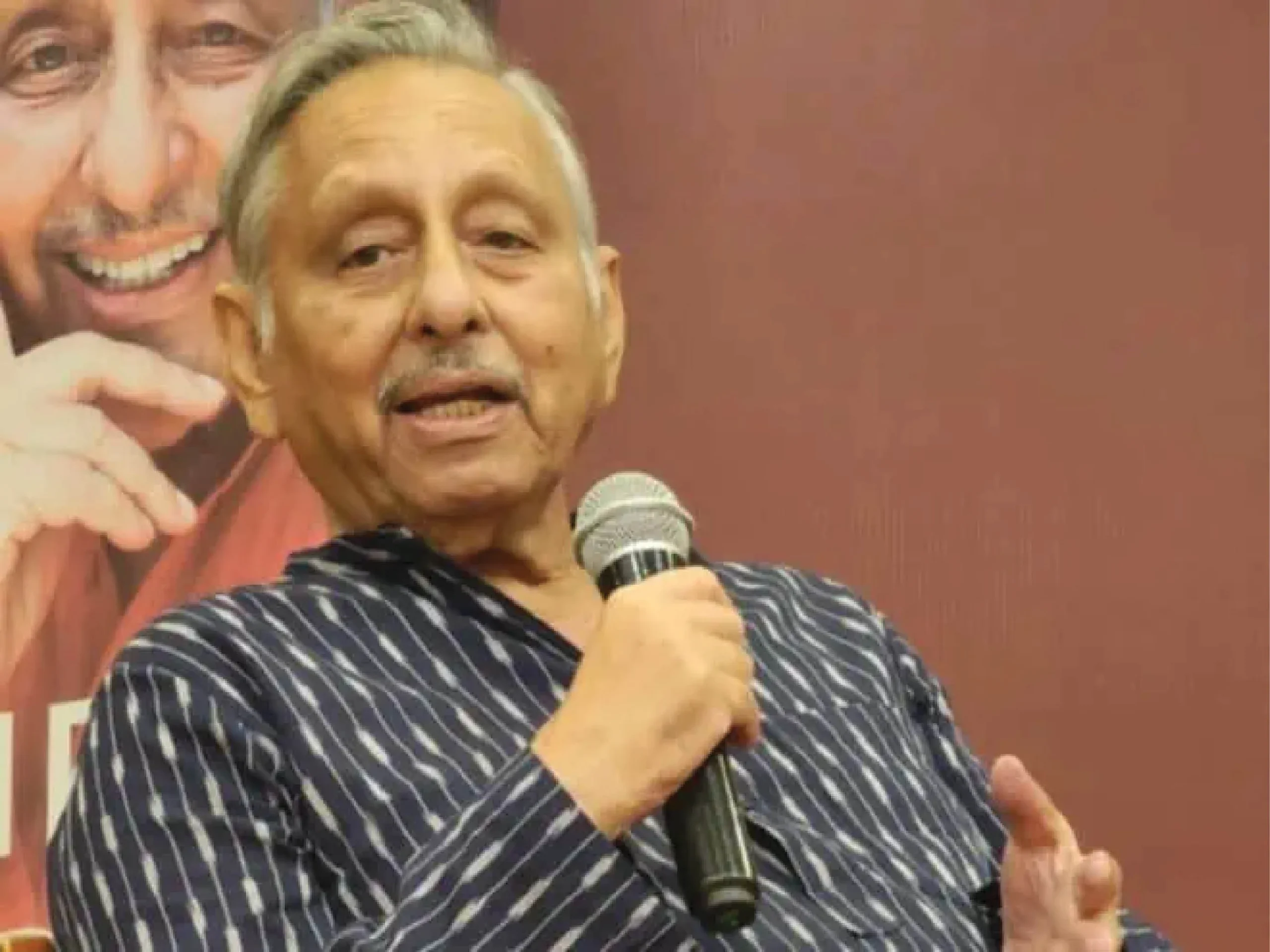India is set to be a developed country by 2047. Will it be possible to achieve the target when millions of children are deprived of their basic rights as human and are working, being exploited physically and mentally and deprived of the opportunity for development? Their childhood is lost and their dreams are shattered to poverty and menance of child labour. Child labour, means the exploitation of children through any work that deprives them of their childhood, education, and physical and mental health. It remains a significant challenge in India. Despite legislative efforts and progress made, millions of children continue to be trapped in a cycle of poverty and forced labour. Understanding the depths of this issue and exploring potential solutions is crucial to securing a brighter future for India’s children.
The Prevalence of Child Labour
While the exact number is a subject of debate due to the clandestine nature of the practice, estimates suggest that millions of children in India are engaged in child labour. The 2011 census reported over 10 million child labourers between the ages of 5 and 14. However, activists argue that this figure underestimates the true extent of the problem, particularly in urban areas where child domestic work is prevalent. These children are often found working in hazardous occupations, including agriculture, brick kilns, stone quarries, mines, and textile factories. They face long working hours, abysmal wages, and unsafe working conditions that pose a severe threat to their health and well-being.
Poverty stands as the primary driver of child labour in India. Many families, struggling to meet basic needs like food and shelter, have no choice but to rely on their children’s income for survival. Lack of access to quality education further perpetuates the cycle. Children who are out of school are more susceptible to being pushed into labour. Social factors like the caste system also play a role. Children from lower castes are often relegated to menial jobs from a young age, limiting their opportunities for social mobility. Additionally, a lack of awareness about child labour rights among some communities makes them vulnerable to exploitation.
The Devastating Impact on Children
Child labour has a detrimental impact on a child’s physical and mental development. Working long hours in hazardous environments exposes them to physical dangers, respiratory illnesses, and even permanent disabilities. Sleep deprivation and malnutrition further hinder their growth. Furthermore, child labour deprives them of the right to education. Missing out on school not only limits their future job prospects but also hinders their social and emotional development. The psychological trauma caused by exploitation and harsh working conditions can have lasting consequences. These impacts are well understood through different case studies on child labour. Shanta, a mere six-year-old, was rescued from a horrific situation in Faridabad. Working as bonded labour, she endured physical abuse and harsh conditions in a carpet weaving factory. Her case, documented by Childline India, highlights the vulnerability of young children and the brutal reality of child trafficking. A study by NIEPA in Jaipur focused on child labourers in the handicraft industry. It revealed the story of countless children forced to drop out of school to contribute to their families’ income. The case study emphasizes the devastating impact of child labour on education, limiting future opportunities and perpetuating the cycle of poverty. Mizoram University’s research on child labour sheds light on the case of Puii Puii, a thirteen-year-old girl. Puii comes from a large, impoverished family and works long hours to support them. This case exemplifies the economic desperation that drives child labour, particularly among girls who often end up in domestic work or invisible sectors. Gargaon College’s study in Dibrugarh, Assam, delves into the lives of child labourers in the town. It exposes the prevalence of children working in informal sectors like tea stalls and as messengers. This case highlights the pervasiveness of child labour beyond well-known hazardous industries, making it even more challenging to eradicate. Childline India’s success story of Asha, a 12-year-old domestic worker rescued from an affluent household, offers a glimmer of hope. Asha’s case demonstrates the effectiveness of intervention and the importance of helplines like Childline 1098 in rescuing children and reintegrating them into society. These cases offer a glimpse into the diverse realities of child labour in India. Each story underscores the urgency for action to dismantle this exploitative system and ensure every child has the chance to learn, play, and reach their full potential.
Legislative Efforts to Eradicate Child Labour
India has enacted several laws to address child labour. The Child Labour (Prohibition and Regulation) Act of 1986 prohibits the employment of children below 14 years in any occupation and restricts the work of adolescents (14-18 years) in hazardous industries. The Right to Free and Compulsory Education Act of 2009 mandates free and compulsory education for all children aged 6 to 14. These legislations represent a significant step towards protecting children. However, effective implementation remains a challenge. Loopholes in the law, weak enforcement mechanisms, and corruption often impede progress.
A Multi-Pronged Approach for a Solution
Eradicating child labour necessitates a multi-pronged approach that tackles the root causes and strengthens enforcement mechanisms. Uplifting families out of poverty through social safety nets, microfinance initiatives, and skill development programs for adults can lessen their dependence on child labour. Enhancing access to quality education, particularly in rural areas, is essential. Raising awareness about child labour rights within communities can empower them to challenge exploitative practices. Stricter enforcement of existing legislation, including harsher penalties for violators,is crucial. Improved coordination between government agencies, NGOs, and law enforcement is needed. Programs that provide rescued child labourers with education, vocational training, and psychological support can help them reintegrate into society and build a brighter future. Civil society organizations play a vital role in raising awareness, rescuing children from exploitative situations, and providing them with rehabilitation services. Additionally, businesses have a responsibility to ensure their supply chains are free from child labour. They can achieve this by conducting regular audits and implementing ethical sourcing practices.
A Collective Effort for a Child Labour-Free Future
Child labour is a complex issue with deep roots in poverty and social structures. We need to understand that cheap labour comes at a high cost. Their tiny hands can hold so much potential. Let them hold a pencil, not a tool. The only chains a child should wear are swings. So we need to break the chains of child labour. Their future shouldn’t be built on their backs. Let children play, not work. Eradicating it requires sustained efforts from the government, civil society, businesses, and communities. By investing in education, strengthening enforcement mechanisms, and empowering families, India can take significant strides towards creating a future where every child has the opportunity to learn, grow, and thrive.























